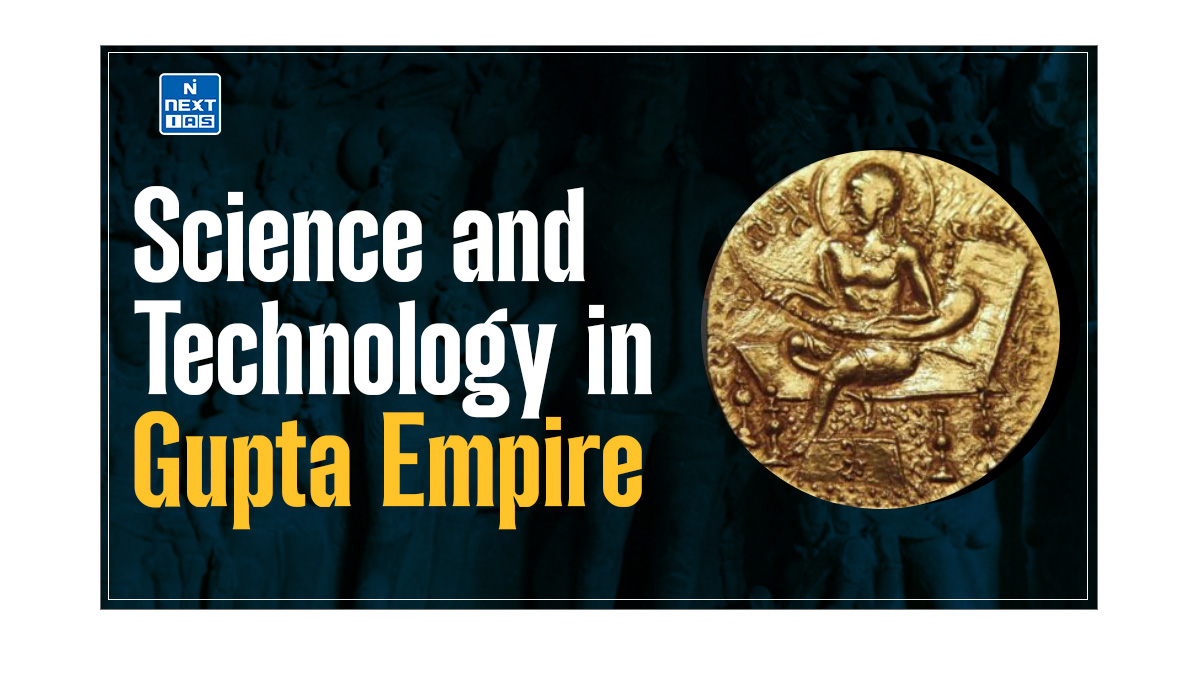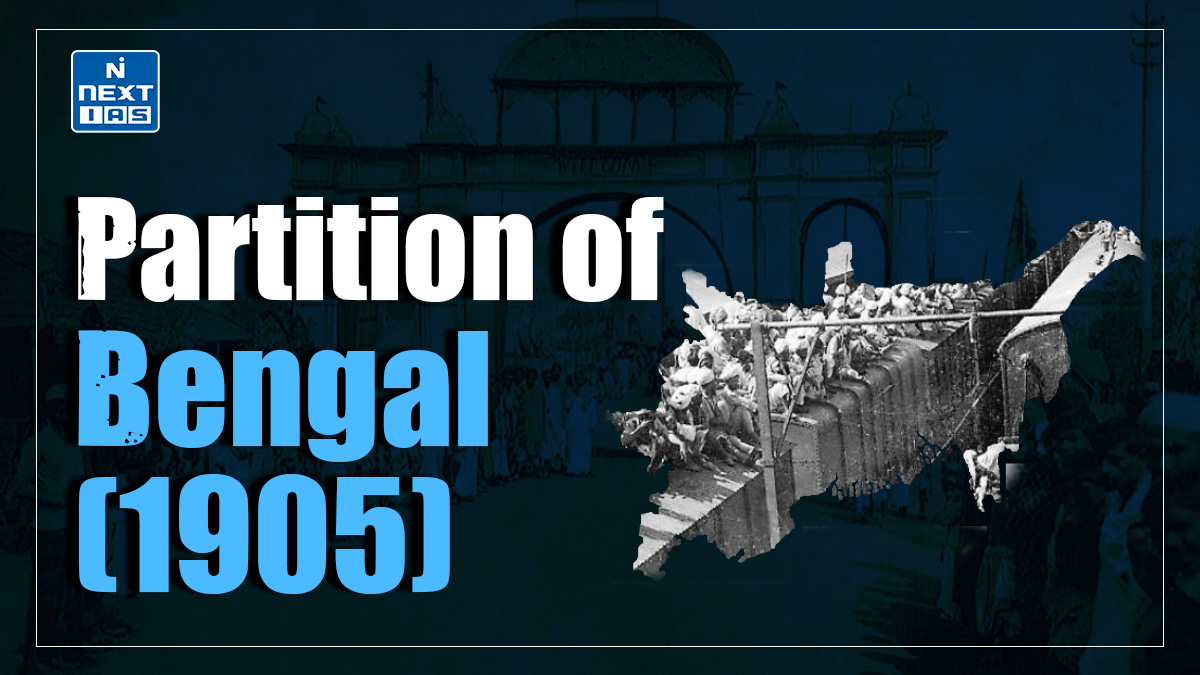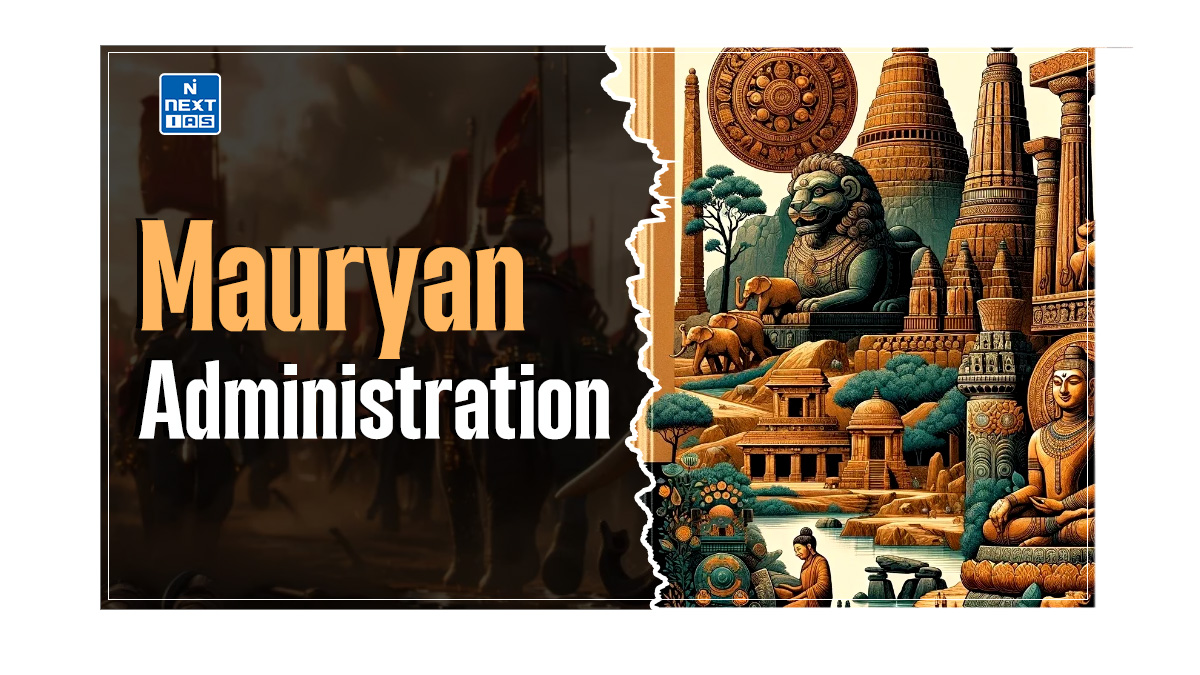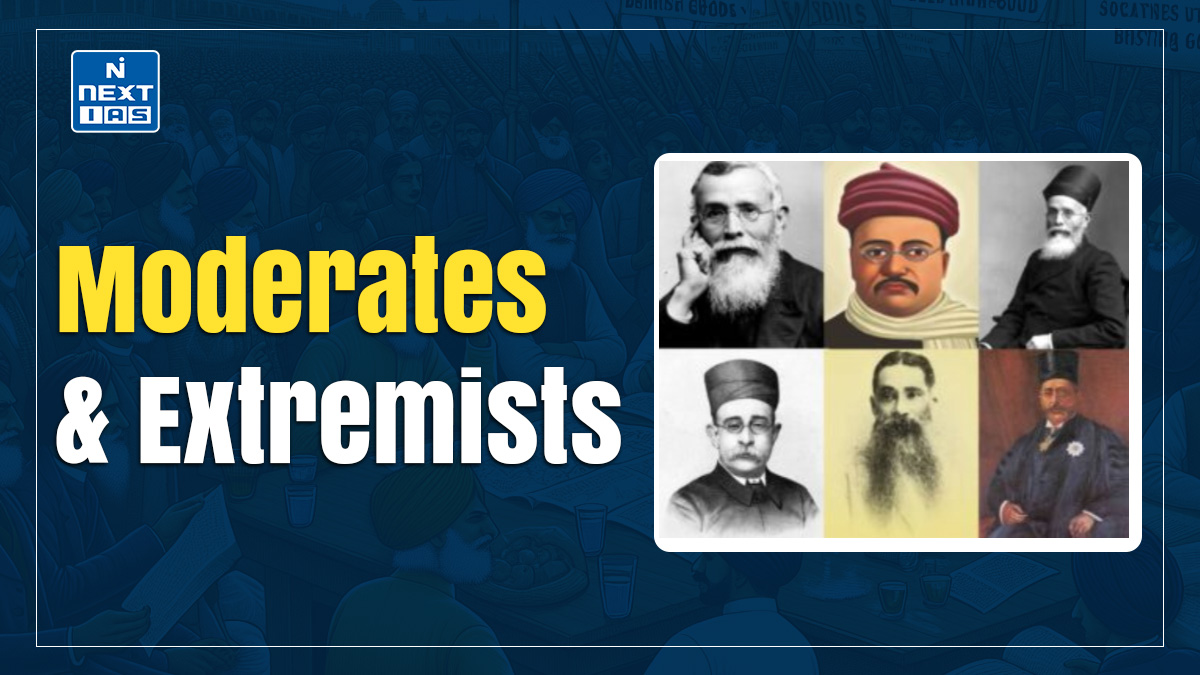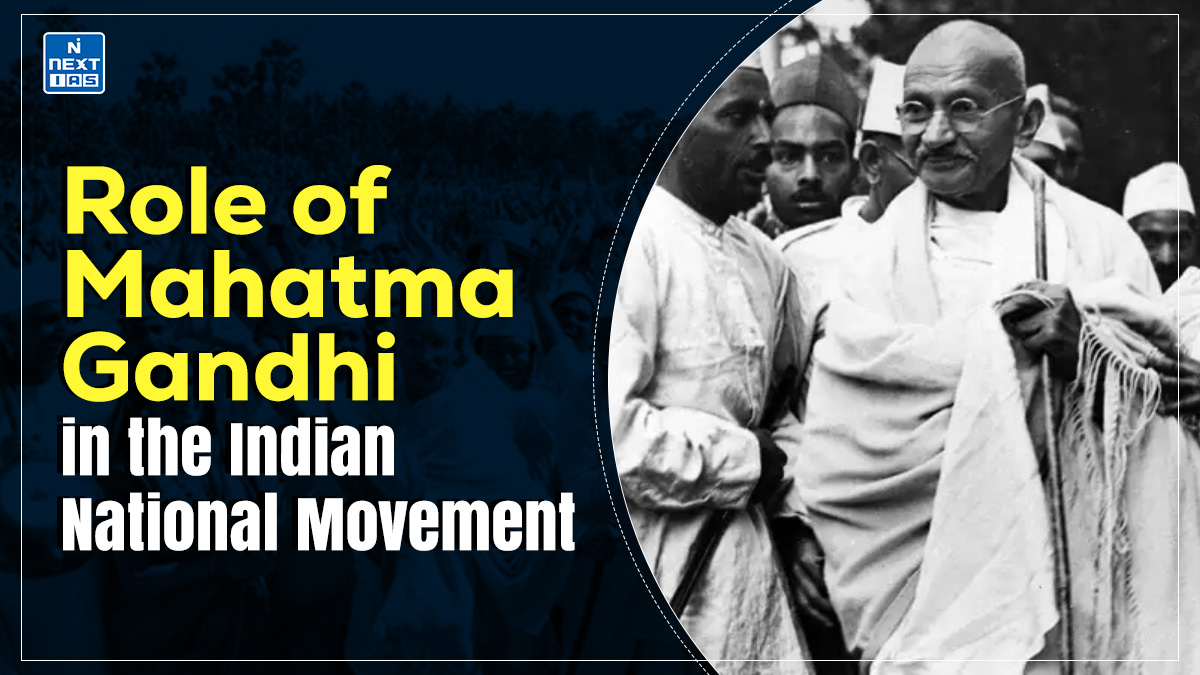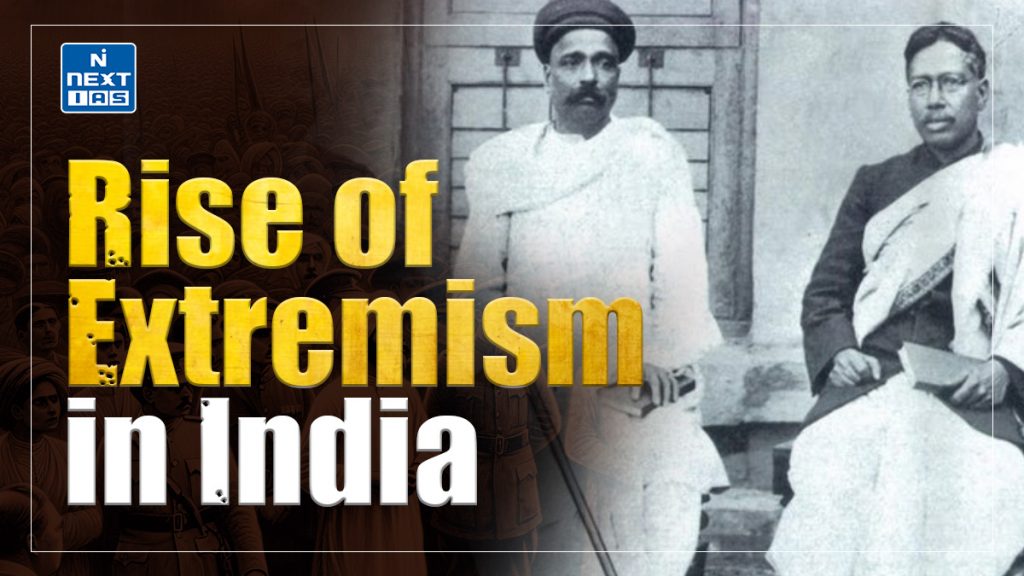
The Rise of Extremism in India marked a shift in the national freedom struggle, as leaders adopted radical approaches to oppose British rule. This movement was significant as it inspired a new wave of nationalism, instilling a sense of urgency and empowerment in the fight for Swaraj. This article aims to study in detail the causes, key figures, ideologies, and impact of the Rise of Extremism on India’s path to independence.
About Militant Nationalism
- Towards the end of the nineteenth century, India witnessed the evolution of a new wave of nationalism, militant nationalism, which reached its zenith by 1905.
- Colonial exploitation, draconian British laws, like the Official Secrets Act of 1904, which restricted the freedom of the press, and Lord Curzon’s oppressive policies made the situation favourable for the growth of Militant Nationalism.
- Prominent leaders in the Militant School of Thought were Raj Narain Bose, Ashwini Kumar Datta, Aurobindo Ghosh in Bengal; Vishnu Shastri Chiplunkar and Bal Gangadhar Tilak in Maharashtra; and Lala Lajpat Rai in Punjab.
Doctrine of Rise of Extremism
- Swaraj is the goal of the national movement; direct political action is required.
- Belief in the capacity of the masses to challenge the authority.
- Personal sacrifices are required, and a true nationalist is always ready for it.
- Hatred for foreign rule since no hope could be derived from it.
- Indians should work for their salvation.
Factors for the Rise of Extremism
- Exploitative Nature of Colonial Rule and Mismanagement: The Famines, Deccan Plague, Riots, Poverty, Unemployment, Underemployment, and other miseries of the 1890s revealed the true character of British rule, and Indians recognised their exploitation.
- Moreover, British rule was no longer progressive. It suppressed the spread of education, especially mass and technical education.
- Ineffectiveness of Moderates: The government was not willing to accept most of the moderates’ demands, and the Indian Councils Act of 1892 failed to satisfy them.
- The more militant among them were strongly critical of the methods of peaceful and constitutional agitation, popularly known as the “Three P’s”—prayer, petition, and protest–and described these methods as ‘political mendicancy’. They had started looking for other modes of protest.
- Cultural Erosion: The Nationalists felt the overdominance of Western culture over Indian culture.
- Intellectuals like Swami Vivekananda, Bankim Chandra Chatterjee, and Swami Dayanand Saraswati inspired many young nationalists to glorify the cultural richness of Indian civilization.
- Education: The spread of education has created awareness among the masses about the ill effects of foreign rule and the underdeveloped nature of the country’s economy.
- The British administration’s inability to provide employment opportunities added fuel to the situation.
- Repressive Laws: The British government took a number of repressive measures, including deporting the Natu brothers without trial and imprisoning B. G. Tilak on charges of sedition.
- Broadening the scope of section 124 A of the IPC with new provisions under IPC Section 156 A, legislations like the 1904 Official Secrets Act, which curbed freedom of the press, and the Indian Universities Act ensured greater government control over universities.
- Emergence of a Trained Leadership and Growth of Self-respect: Leaders like B G Tilak, Aurobindo Ghosh and Bipin Chandra Pal urged nationalists to rely on the character and capacities of Indian people. They started believing in the power of the masses.
- International Events: Progress made by Japan after 1868 and its emergence as a strong economic power made the nationalists realise that development is possible for Asian Powers without any foreign Intervention.
- The defeat of the Italian army by Ethiopians (1896), the Boer wars (1899-1902), where the British faced setbacks, and Japan’s victory over Russia (1905) demolished myths of European invincibility.
- Also, the nationalists were inspired by the nationalist movements worldwide–in Ireland, Russia, Egypt, Turkey, Persia and China.
- The Indians realised that a united people willing to make sacrifices could take on the mightiest of empires.
- Curzon Administration: The Curzon administration was keener on taking away Indians’ rights rather than giving them new rights, including reducing the number of Indian members in Calcutta Corporation.
- Curzon’s oppressive policies ignited the fire. The Official Secrets Act, the Indian Universities Act, and the partition of Bengal led to the growth of Militant Nationalism.
Conclusion
The rise of Extremism represented a turning point in India’s struggle for independence, redefining the goals and methods of the national movement. These leaders inspired Indians to believe in self-reliance, sacrifice, and resistance against oppressive policies, creating a foundation that sustained the freedom struggle for decades. Although the Extremist approach often clashed with moderate ideals, it succeeded in galvanizing the masses and embedding a sense of national pride and empowerment, ultimately pushing India closer to Swaraj’s vision.
GS - 1
